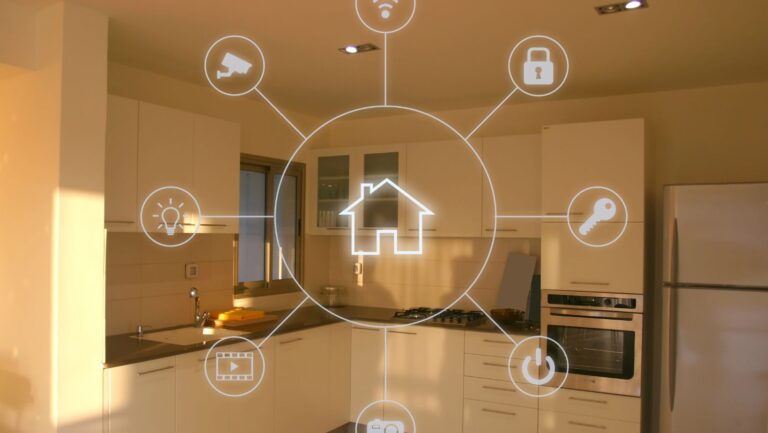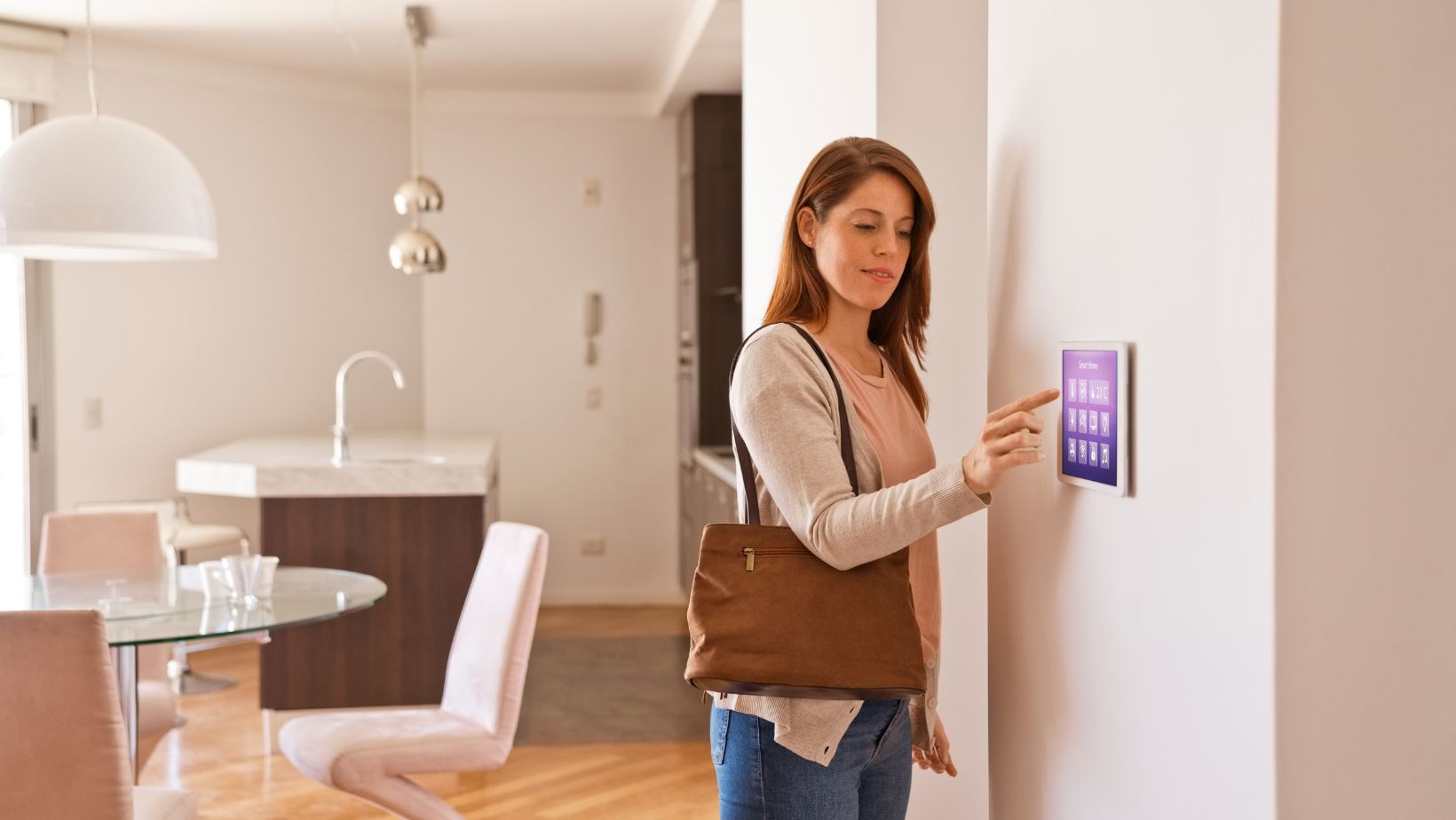Last Updated on April 24, 2025 by Nala Thorpe
The modern smart home promises convenience and efficiency, but many homeowners worry about sacrificing their carefully curated aesthetic for technological functionality. Data from the 2024 Smart Home Survey reveals an increased ownership of smart home products, mainly due to the aesthetics and appeal they now have. Fortunately, with good planning and great strategic implementation, it’s possible to embrace cutting-edge technology while preserving—or even increasing—your home’s style.
Embracing Discreet Technology
The important factor when it comes to a sophisticated smart home is in choosing devices that perform powerfully without dominating visually. Wall-mounted speakers with paintable covers can disappear against your existing décor, and smart lighting systems controlled through discreet wall panels eliminate the need for multiple switches that interrupt clean wall spaces.
You can also think about recessed ceiling speakers, under-cabinet lighting with motion sensors, and smart plugs hidden behind furniture. Even essential technology like wireless routers can be concealed in decorative boxes or behind books on shelving.
Customising With Built-In Solutions
Custom-designed fitted media units give elegant housing for entertainment systems, streaming devices, and smart hubs while maintaining visual consistency with your overall interior design. These bespoke solutions can incorporate ventilated cabinets for equipment that generates heat, cable management systems to eliminate unsightly wires, and adjustable shelving to accommodate future technological upgrades.
The best thing about fitted solutions is their adaptability—they can be designed to complement traditional interiors with classic detailing or satisfy minimalist preferences with clean lines and hidden hardware. This approach creates a cohesive look where technology exists within the design rather than despite it.
Maintaining A Neutral Colour Palette
Strategic use of colour creates an adaptable foundation for integrating smart technology. Neutral walls and larger furnishings allow smart displays and control panels to recede visually instead of competing with bold backgrounds.
This is also effective for video-conferencing screens and digital art displays that need visual breathing space. You can also think about textural variation rather than colour contrast to add interest to neutral spaces. Natural materials like wood, stone, and various textiles introduce warmth and dimension without overwhelming the technological elements. This creates an environment where smart devices feel like natural extensions of the space rather than technological intrusions.
Implementing Seamless Connectivity
The most stylish smart homes prioritise user experience through seamless integration. Centralised systems like Apple HomeKit, Google Home, or Amazon Alexa reduce the need for multiple apps and remote controls that create visual clutter. Voice activation eliminates many physical control panels entirely, and with that allows design elements to take visual precedence.
Establish dedicated charging stations in drawers or on concealed shelves to maintain both connectivity and tidiness. Cable management solutions like baseboard channels or purpose-built furniture with integrated power maintain clean lines throughout your space.
When you properly think about implementing these strategies, your home can be open to all the conveniences of modern technology while maintaining the aesthetic integrity that makes it yours. Smart technology should increase your living experience without compromising the visual harmony and personal style you’ve worked to create.




